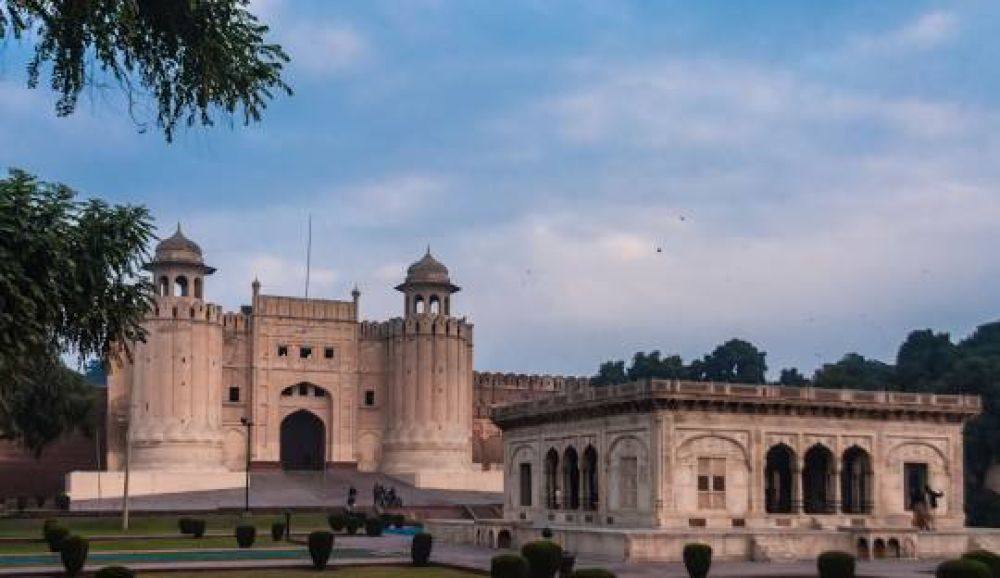Lahore Fort, also known as Shahi Qila, is a majestic fortress located in the historic city of Lahore, Pakistan. Spanning over 20 hectares, this iconic landmark reflects the rich historical tapestry of the region, with roots tracing back to the 11th century. The fort has been rebuilt, modified, and expanded by various rulers throughout its history. The present structure was largely constructed during the 16th and 17th centuries when the Mughal Empire was at its zenith. The fort is notable for its intricate architecture, combining Islamic, Persian, Hindu, and even Western influences. It houses several prominent buildings, including the Sheesh Mahal (Palace of Mirrors), Moti Masjid (Pearl Mosque), and Naulakha Pavilion, each an exquisite example of Mughal craftsmanship. Lahore Fort was declared a UNESCO World Heritage Site in 1981, as part of the 'Historic Monuments of Lahore'. It is not only a symbol of the city's heritage but also a testament to the grandeur of the Mughal era. Today, it remains a popular tourist attraction and a site for cultural events, drawing visitors from around the world.

